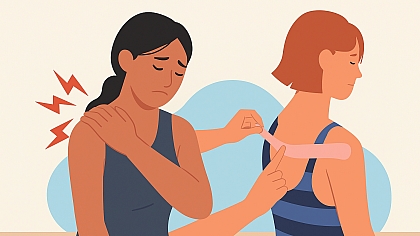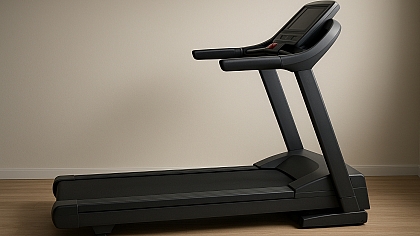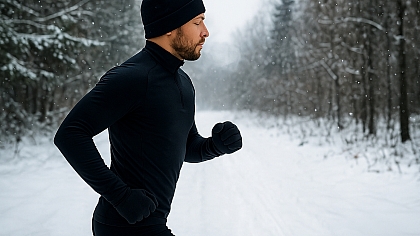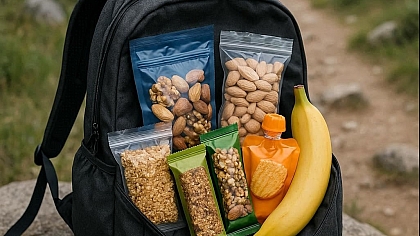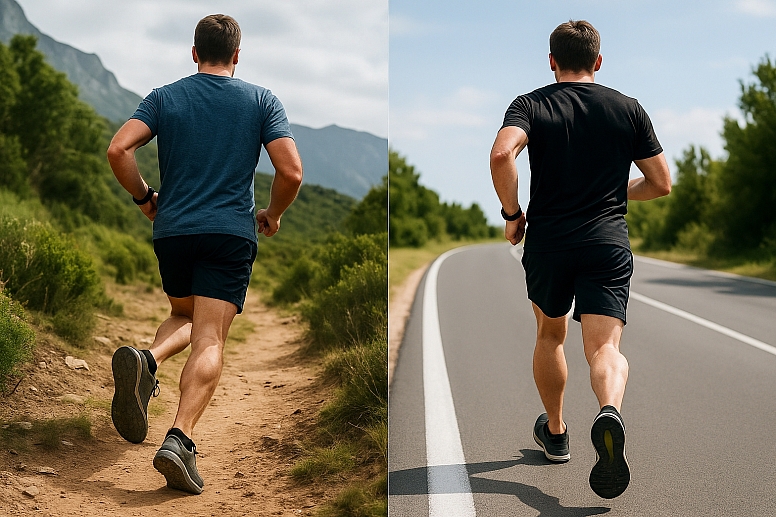
Trail Running vs. Road Running: Which is Better for You?
It’s More Than Just Scenery
The choice between trail and road running isn't just about views; it's about the fundamental way your body moves and responds to the ground beneath your feet. Each discipline offers a unique experience with distinct physical demands and rewards. One is not inherently better than the other. The "best" choice depends on your personal goals, preferred terrain, and what your body needs.
The Core Difference: The Surface Dictates the Experience
The single biggest factor separating these two sports is the running surface, which influences everything from your pace and muscle engagement to your mental focus and risk of injury.
- Road Running: Defined by predictable, hard surfaces like asphalt and concrete. This consistency allows for steady pacing, rhythm, and speed.
- Trail Running: Defined by unpredictable, soft surfaces like dirt, grass, rocks, and roots. This variability demands constant adaptation, engaging stabilizing muscles and sharpening mental focus.
Breaking Down the Benefits and Challenges
Each type of running cultivates different strengths and presents unique obstacles.
Trail Running: The Natural Gym
Pros:
-
- Softer Impact: Dirt trails are more forgiving than pavement, leading to less repetitive stress on joints like knees, hips, and ankles.
- Full-Body Workout: Navigating uneven terrain engages your core, hips, glutes, and stabilizer muscles far more than road running. It’s as much a strength session as it is a cardio workout.
- Mental Engagement: The need to constantly scan the trail for roots and rocks creates a form of moving meditation. You can’t worry about your day when you’re focused on your next step.
- Connection with Nature: Running through forests and mountains reduces stress and can significantly boost mental well-being.
Cons:
-
- Accessibility: Requires travel to a trailhead, which isn’t always convenient.
- Pace and Efficiency: It’s inherently slower. It’s difficult to maintain a steady, fast pace, making it less ideal for focused speed work.
- Technical Skill: Requires learning how to navigate obstacles, descend safely, and manage energy output on climbs.
- Safety: A higher risk of trips, falls, and ankle rolls. You are also often further from help if an injury occurs.
Road Running: The Speed Specialist
Pros:
-
- Accessibility: You can walk out your front door and start running. This convenience makes consistency easier.
- Pacing and Predictability: The smooth surface is ideal for hitting specific pace goals, performing structured interval workouts, and building running efficiency.
- Race Specificity: Most popular races (5Ks, marathons) are on roads. Training on roads directly prepares you for these events.
- Community: It’s often easier to find running groups and clubs that train on roads.
Cons:
-
- Repetitive Stress: The hard, unvarying surface can lead to overuse injuries like shin splints or runner’s knee due to the constant, identical impact.
- Mental Monotony: Long runs on the same pavement routes can become tedious for some.
- Environmental Factors: Dealing with traffic, stoplights, and polluted air are common drawbacks.
Which One is Right For You? A Quick Guide
| Choose Trail Running If You... | Choose Road Running If You... |
|---|---|
| Want to reduce joint impact and risk of overuse injuries. | Are you training for a road race like a marathon or a 10K? |
| Enjoy a full-body, strength-focused challenge. | Love the data: tracking precise pace, distance, and splits. |
| Prefer a mentally engaging, technical workout. | Value convenience and the ability to run from your home. |
| Find peace and motivation in natural settings. | Want to focus on building pure speed and an efficient stride. |
You Don't Have to Choose: The Hybrid Approach
Many runners benefit most from a blend of both. This approach, often called cross-training, offers the best of both worlds.
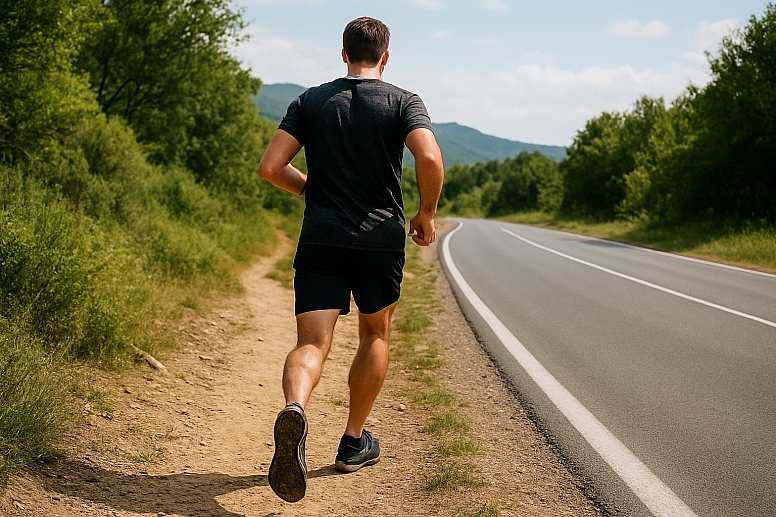
Example Week:
-
- Monday: Road intervals (speed work)
- Wednesday: Easy road run (recovery)
- Saturday: Long trail run (endurance & strength)
Benefits: The roads help you build speed and efficiency, while the trails build strength, improve stability, and give your joints a break from constant pavement pounding. This variety can prevent boredom and overuse injuries.
The Right Shoe for the Job
Your footwear must match your surface.
- Road Shoes: Are lightweight, flexible, and designed with cushioning for repetitive impact on hard surfaces.
- Trail Shoes: Have aggressive lugs (tread) for grip, a protective plate to shield your foot from rocks, and a stiffer build for stability on uneven ground.
Never wear road shoes on technical trails; it’s a safety hazard.
Find Your Path
The best run is the one you enjoy and will consistently do. If you crave speed and convenience, the road calls. If you seek adventure and a full-body challenge, hit the trail. No rule says you can’t answer both.
The perfect run is waiting, whether it’s on the pavement or a dirt road.
Frequently Asked Questions
Is trail running safer for your knees? In general, the softer surface can be easier on the joints, reducing the risk of certain overuse injuries. However, the risk of acute injuries like sprained ankles from tripping is higher. It’s a trade-off.
Can I use the same gear for both? Clothing and watches are interchangeable. The critical difference is shoes. Using the right shoe for the surface is non-negotiable for performance and safety.
How much slower is trail running? Significantly. Do not compare your trail pace to your road pace. A 10-minute per mile pace on a technical trail can feel as hard as a 7-minute per mile pace on the road. Focus on perceived effort and time on your feet, not pace.
Which is better for weight loss? Trail running often burns more calories per hour due to the increased muscle engagement and elevation changes. However, the most important factor for weight loss is consistency, so the best choice is the one you will stick with long-term.

